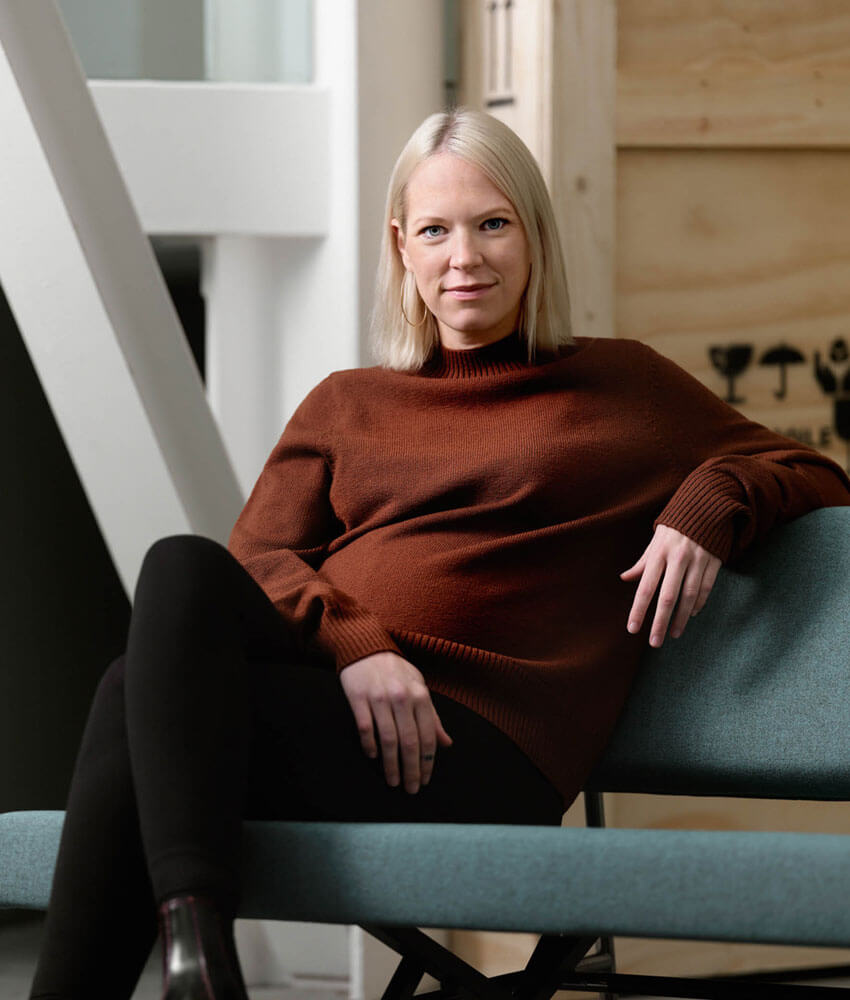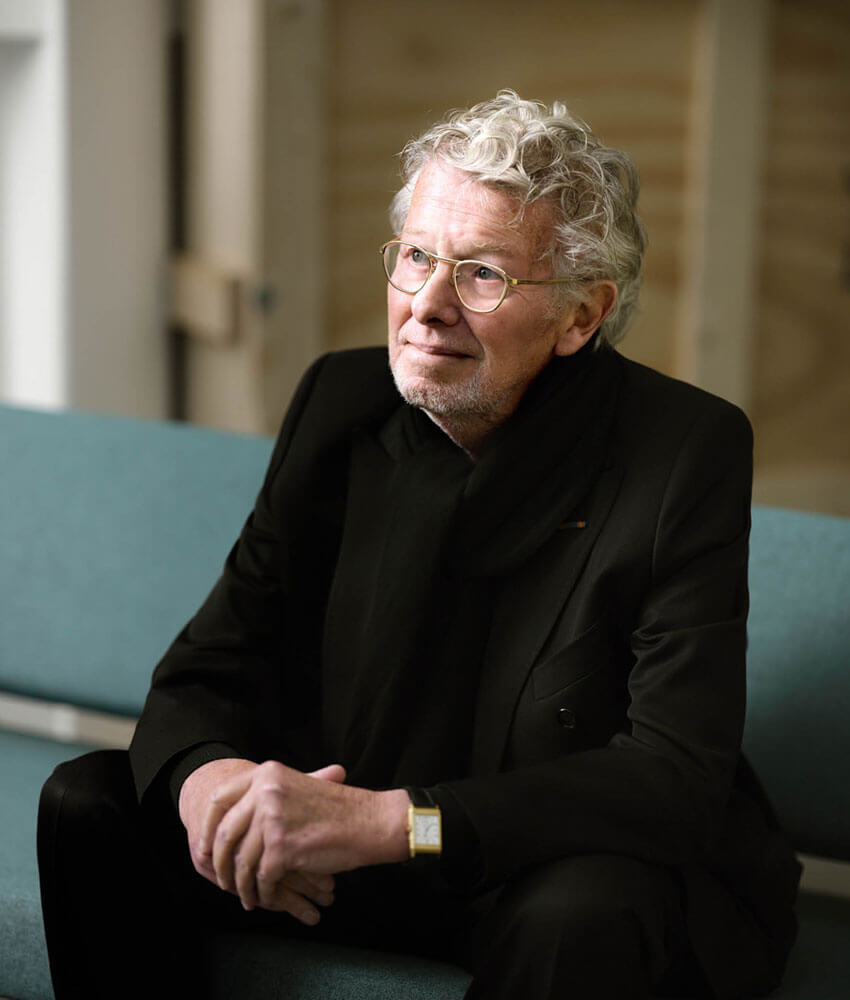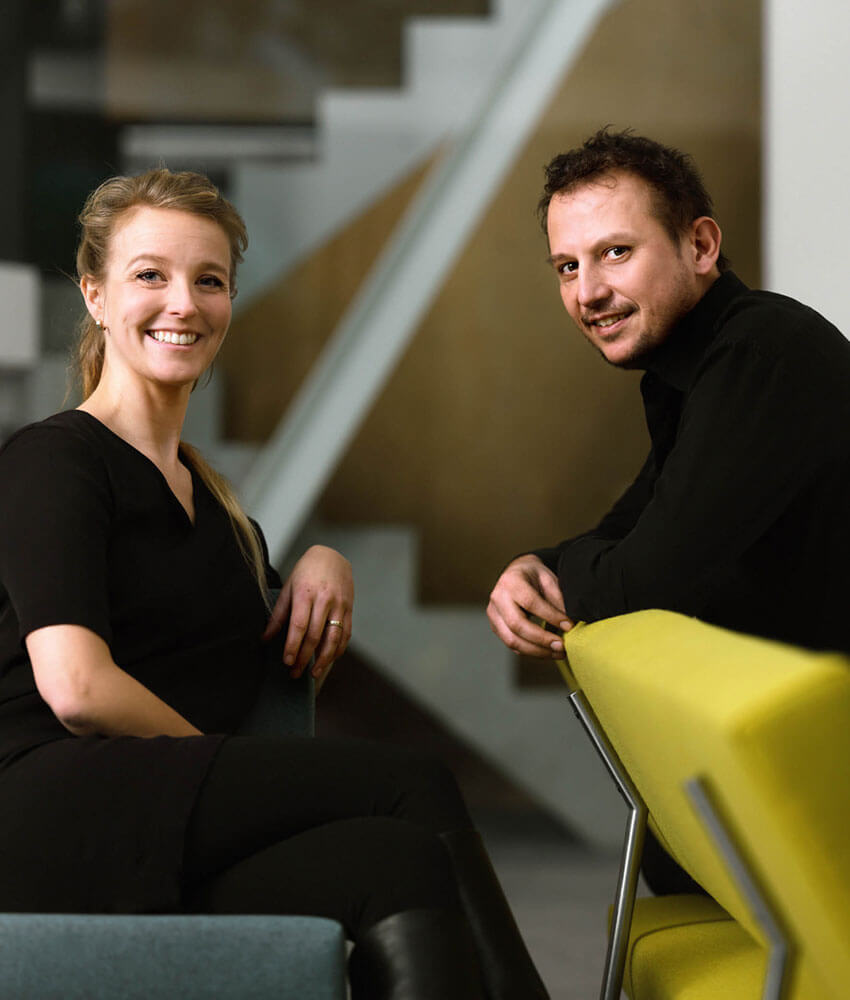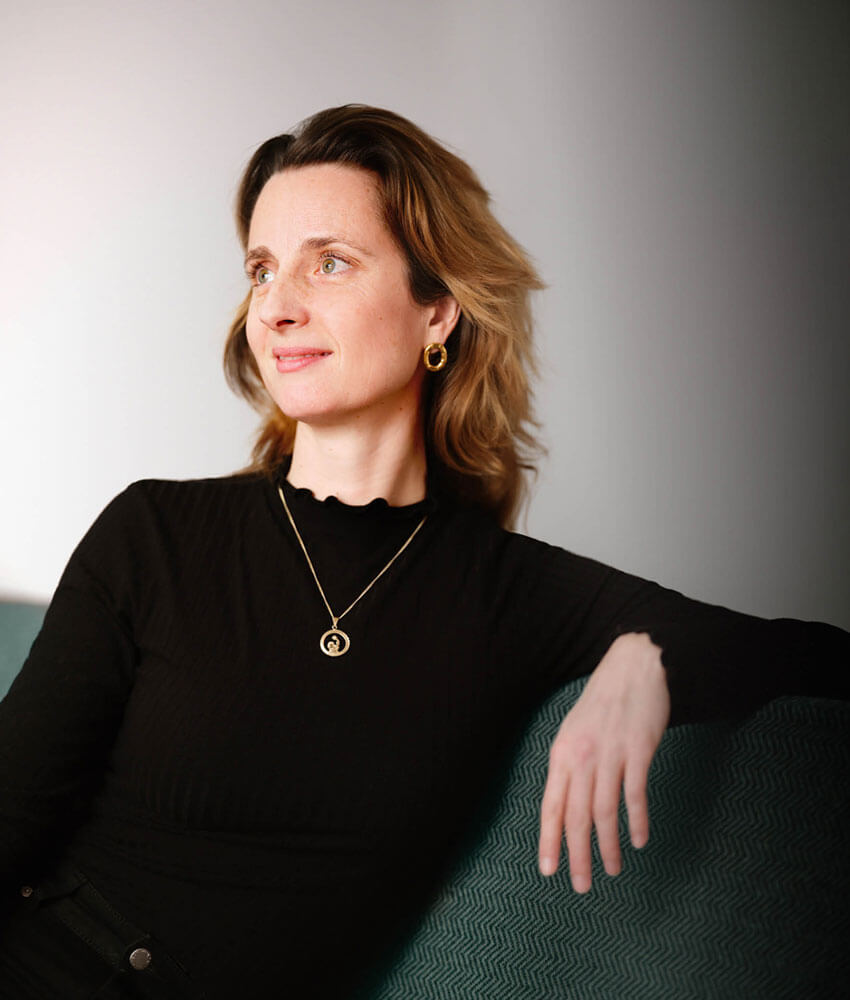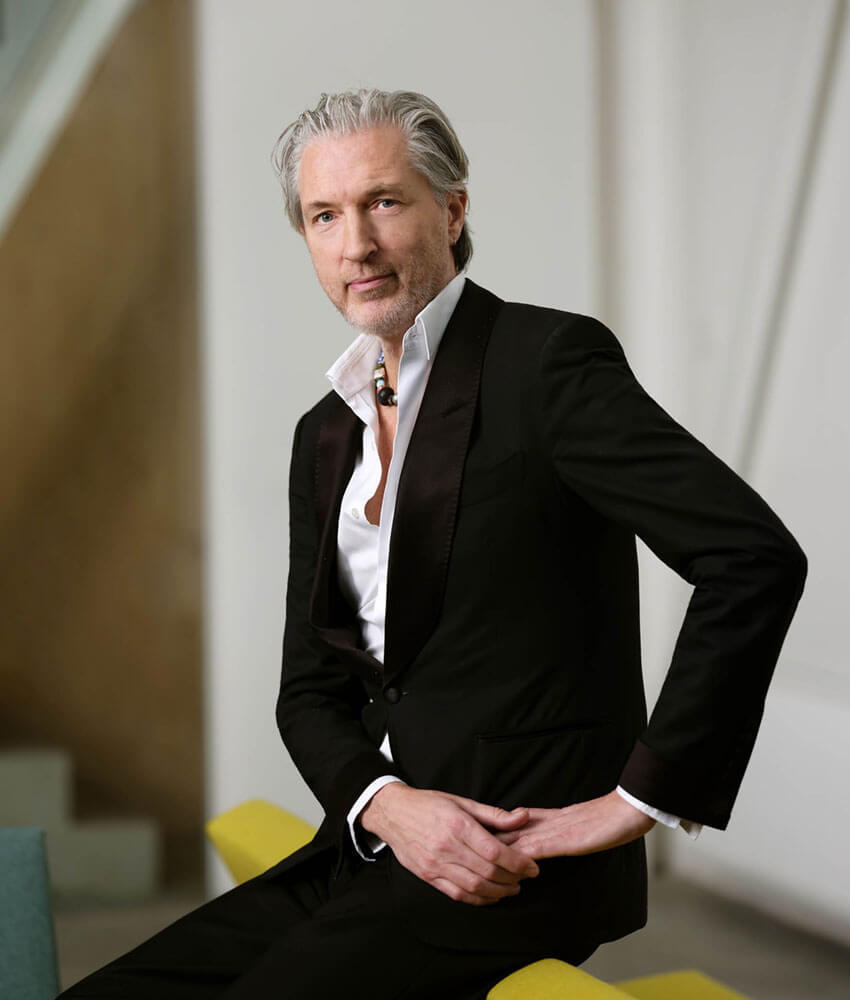Sabine Marcelis X SE 69

Soap edition
“Martin Visser’s sofa was the first piece of furniture that my boyfriend and I bought when we moved in together. For me, that sofa represents a kind of commitment. Truly an iconically sleek, simple and timeless design, and highly practical as a sofa bed, too. In 2018, I used it in my design of the Dutch pavilion at the Cannes Film Festival. The pavilion was like a three-dimensional interpretation of a painting by Mondriaan, for which the sleek lines of the couch were a perfect fit.
My selection of the SE 69 and, especially, not to change anything about the design was obvious to me. In my opinion, the best chairs have already been designed. There is nothing I can do to improve on the design of Visser’s chair. I will only design a chair of my own when I’m really ready to do so, when I am convinced that I can truly add something new.
That is why I decided to only change the materials as a means of bringing the chair into my world. I often work with casting resin. By sanding it down very finely, I achieved a soap-like appearance.
For me, the result of the Soap Edition is a coming together of two worlds: the sleek lines of Martin Visser and the materials typical for my work. The way that Visser involved other designers and artists in his work is something that I find inspiring, and which I try to do as well. Our house is also full of works by artist and designer friends of ours. As designers we are, in the end, a community that supports each other and collaborates where possible.”
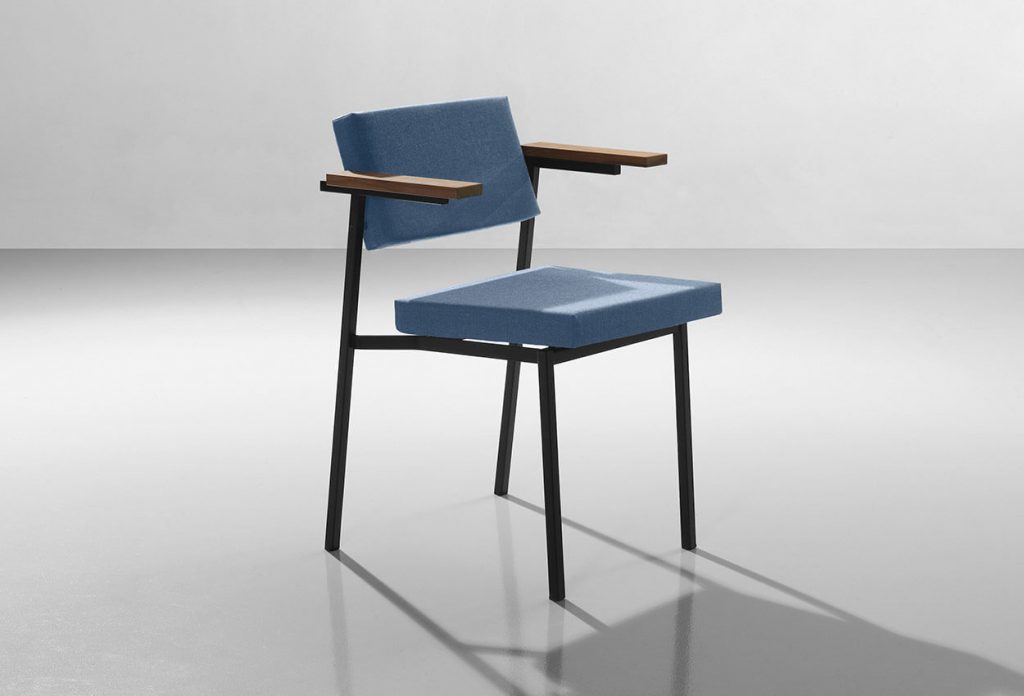
SE 69 (1959)
The SE 69 dining room chair was designed by Visser in the late fifties and, like the sofa bed from that same period, has a frame made of black square tubing. Although the floating seat seems to have been placed rather far forward, it is in fact perfectly positioned in relation to the backrest. The sleekly upholstered foam emphasises the idiosyncratic character of this comfortable chair. The armrests were commonly executed in Wenge wood or leather.
Sabine Marcelis
Sabine Marcelis (1985) graduated from Design Academy Eindhoven in 2011. She began working as an independent designer of products, spatial concepts and installations from her studio in Rotterdam. In her collaborations with industry specialists, she achieves new and surprising visual effects through experiments in aesthetics and material research. It is partially thanks to this that Marcelis’s Hue Mirror and Candy Cubes became highly coveted items.
Marcelis performs commissioned work for various commercial customers and fashion houses such as Céline, Aesop, Burberry and Fendi. Museum Boijmans Van Beuningen has her work Dawn Light in its collection, and Centraal Museum recently purchased her work SE 69 Soap Edition.
